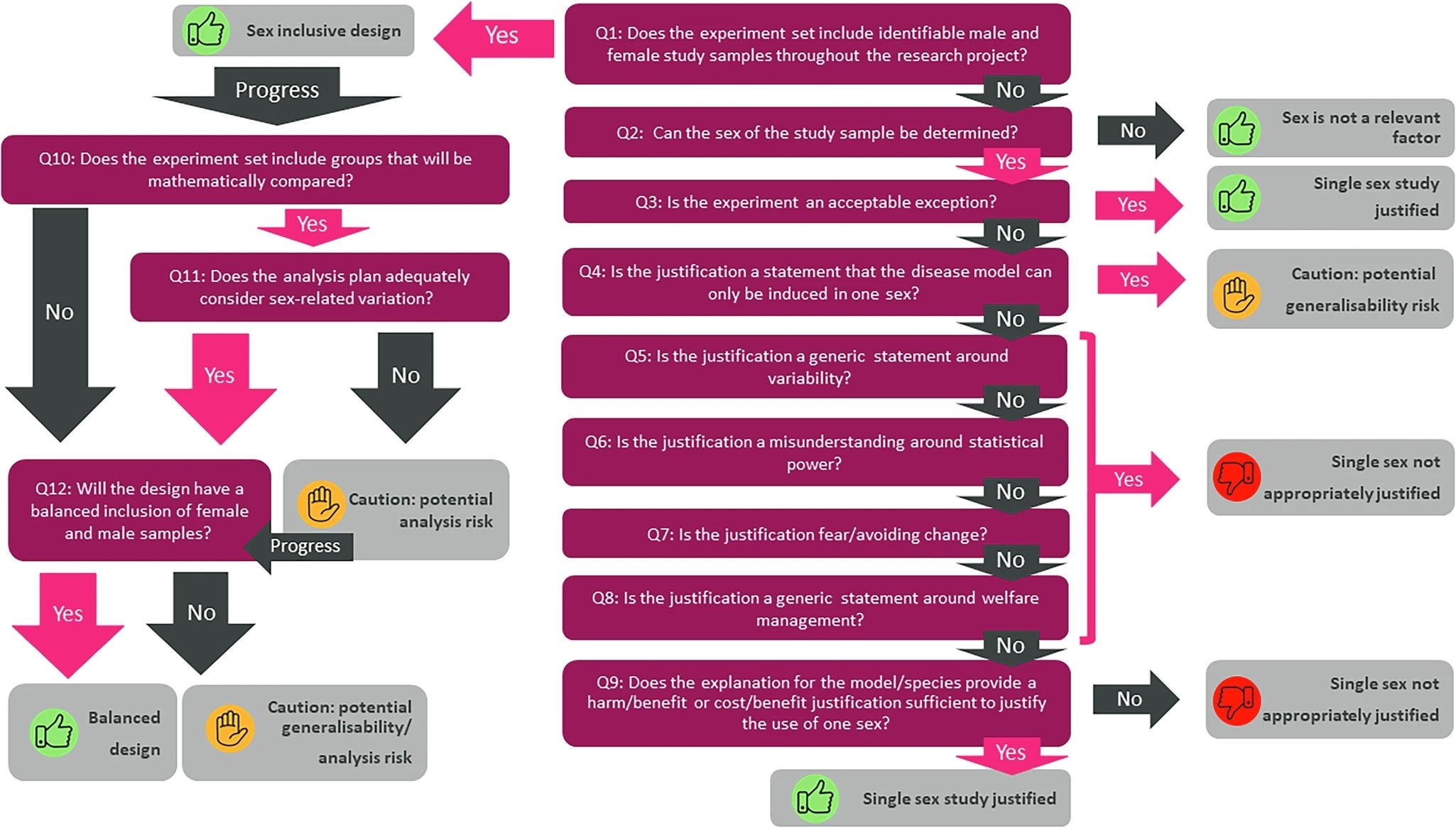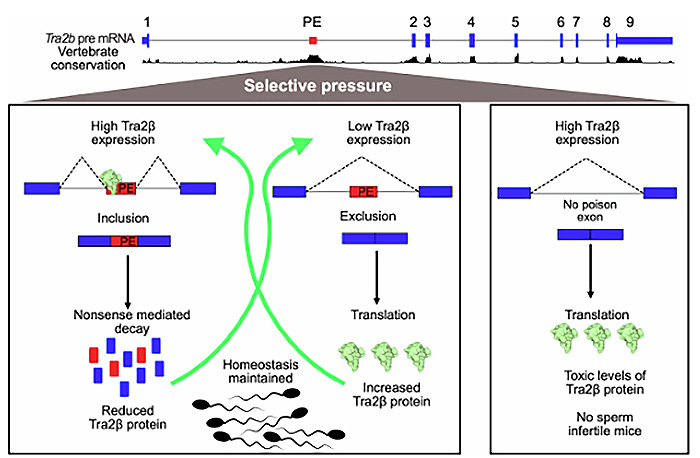An important new resource for researchers, reviewers, and funders has been developed with major contributions from the Mary Lyon Centre.
A group of researchers and policy leaders from organisations involved in in vivo and ex vivo research have unveiled a transformative tool to assist scientists, policy makers, funders and reviewers in eliminating persistent sex bias in biomedical research. Published today in Nature Communications, the Sex Inclusive Research Framework (SIRF) introduces a structured and interactive approach to ensure equitable inclusion of male and female samples in preclinical studies.
Preclinical research has long favoured male animals and cell lines, leading to a skewed knowledge base that does not represent the human population. Consequently, it leads to non-optimal use of animals and resources as it ultimately results in less reliable data and less successful therapeutic interventions. Despite mandates by funding bodies to include female and male samples (funders such as the Medical Research Council have introduced this requirement since 2022), many research proposals fall short due to ingrained misconceptions and inconsistent evaluation standards. Recent media attention on this subject was reflected by this Guardian article https://www.theguardian.com/science/article/2024/jul/22/sex-bias-labs-women-losers-research-ageing?CMP=Share_iOSApp_Other, highlighting some of the negative impacts of sex-biased research.
SIRF addresses these gaps with an intuitive, traffic light–based decision tree that evaluates the appropriateness of sex inclusion in experimental design. Developed through collaboration across academia, industry, funding agencies, and animal welfare organisations, the framework assesses whether proposals include balanced sex representation and appropriate analysis plans, and whether single-sex studies are scientifically justified.
“Sex bias in research isn’t just a scientific issue, it’s an equity issue,” said one of the authors, “SIRF provides the structure, rationale, and accessibility needed to make inclusive design the standard, not the exception.”
SIRF offers:
- A clear, reproducible evaluation method for use by researchers, ethics boards, and funders.
- Detailed guidance to debunk myths that hinder sex-inclusive practices.
- An open-access web interface with interactive features and educational resources.
The framework complements and improves upon prior initiatives, such as the National Institute of Health and SAGER guidelines, by emphasising transparency, scientific justification, and practical implementation.
Available now as an interactive tool or downloadable resource, SIRF is set to reshape how research proposals are developed, reviewed, and funded—ultimately enhancing the validity and impact of biomedical discoveries for all sexes.
Our Director, Sara Wells, was part of the original working group that set out the scope and direction of this work and contributed with the wealth of data and experience from years of in vivo preclinical work at the Mary Lyon Centre. Commenting on this milestone and the resource now available to the community, she said: “The translatability of in vivo experiments is a key element of the success of preclinical studies. The analysis of every variable affecting experimental outcomes is a major objective as we work towards achieving this goal. Sex has now been shown to be a fundamental piece of the data variability puzzle, and the SIRF framework supports the community in assessing where its inclusion is essential, as well as providing resources for adequate data analysis. The implementation of the framework will contribute to the community’s drive for more relevant, translatable data and effective uses of both animals and financial resources as we strive for more successful therapeutics.”
Lilian Hunt, Lead Advisor to the Executive Director of Equity, Wellcome, said:
“We’re pleased to see the publication of this vital tool for research. Ensuring sex inclusion in in vivo and ex vivo research is key to ensuring excellent, reproducible, and translatable research that benefits health equity. Wellcome will be exploring how best to integrate this guidance into our expectations of inclusive research.”
For more information: The Sex Inclusive Research Framework to address sex bias in preclinical research proposals | Nature Communications
See also the blog from the National Centre for the 3Rs, which focuses on the significant positive 3Rs implications of this new framework.



